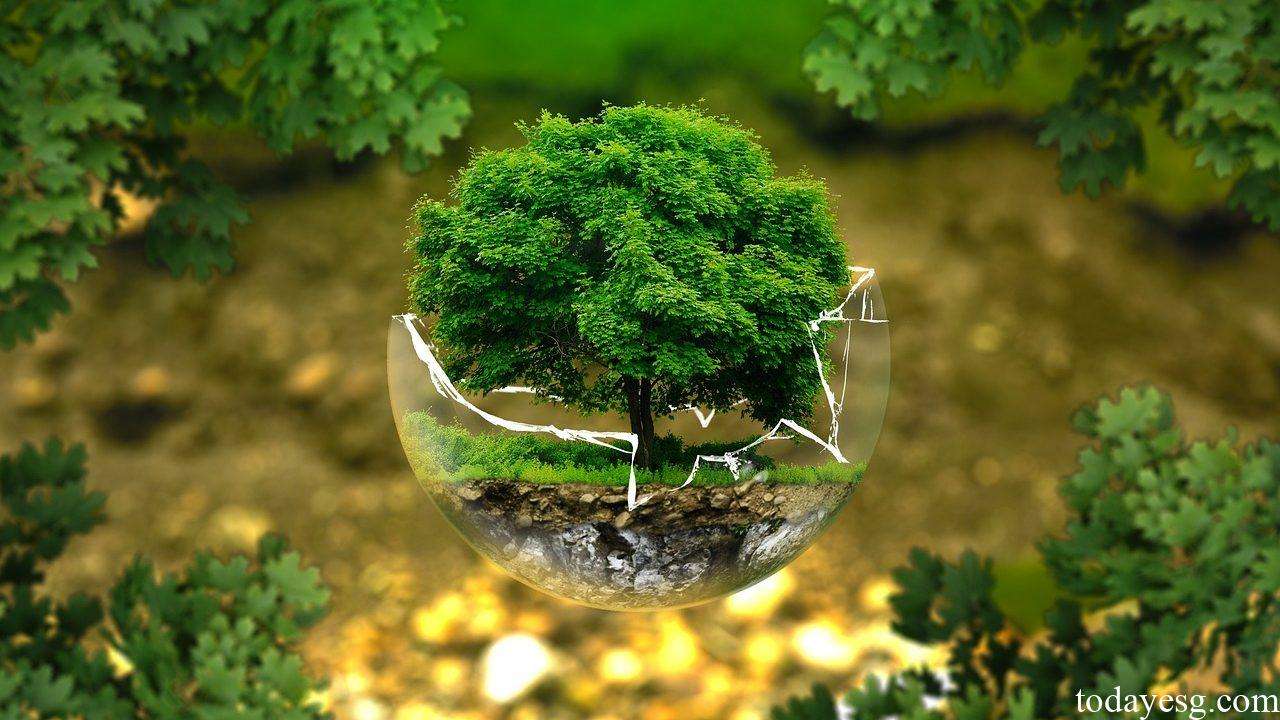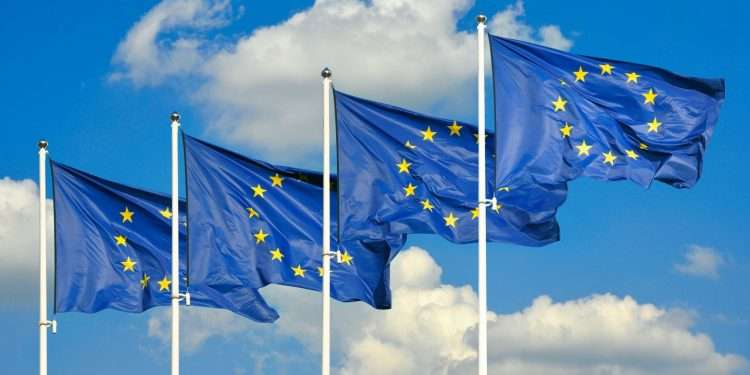Nature Restoration Law
EU announced the adoption of the Nature Restoration Law (NRL), which aims to strengthen Europe’s resilience to climate change and continue to restore ecosystems.
To achieve climate neutrality goals, the EU plans to restore 20% of land and 20% of oceans by 2030, and restore all ecosystems by 2050. Nature recovery methods will play an important role in this process and respond to the global biodiversity framework agreed at the COP15.
Related Post: COP15 Reached Convention on Biological Diversity
Background on Nature Restoration Law
Healthy ecosystems are essential to human survival as they can withstand natural disasters and ensure food production. When humans invest 1 euro in the restoration of natural systems, they can get a return of more than 8 euros. As a key part of the European Green Deal and the EU Biodiversity Strategy, the Law will guide investment in ecosystems.
As the first nature law to cover the entire continent, the Nature Restoration Law calls for binding ecological targets and focuses on ecosystems most likely to play a role in carbon capture and storage. The restoration of wetlands, rivers, forests, grasslands, and oceans can protect ecosystems and reduce human damage to the environment.

Contents of Nature Restoration Law
The Natural Restoration Law has formulated a total of seven aspects, namely:
- Natural restoration goal: Large-scale improvement and reconstruction of biological habitats and restoration of species populations.
- Pollinating insects: Reverse the declining trend of pollinating insect populations and achieving population growth.
- Forest ecosystems: Increase connectivity, forest biological richness and carbon storage.
- Urban ecosystem: Stop the loss of green urban space and increase green urban coverage.
- Agroecosystems: Increase farmland biodiversity and soil organic carbon storage.
- Marine Ecosystems: Restoring habitats for iconic marine species.
- River ecosystems: Remove barriers to surface water connections and restore free flow to at least 25,000 kilometers of rivers.
EU member states will submit recovery plans within two years after law entering into force and regularly monitor and report their progress. In addition, the European Environment Agency (EEA) will draft technical reports on nature restoration goals to assess the progress of ecosystem restoration.
Reference:








